Exploring the natural beauty of California’s Sierra Nevada is incomplete without understanding the diversity of Yosemite National Park animals. This protected landscape is a haven for more than 400 animal species, offering rare chances to observe wildlife in their native habitat. From soaring raptors to stealthy predators and foraging mammals, the park showcases biodiversity shaped by elevation, seasons, and conservation efforts.
Whether you’re a casual visitor, amateur photographer, or avid wildlife enthusiast, this ultimate guide from the National Park Shops to Yosemite National Park animals will help you spot and appreciate the fauna that makes this place so extraordinary. You’ll learn what animals to look for, when and where to find them, and how to enjoy these encounters respectfully and safely.
Best Time for Viewing Yosemite National Park Animals
The best wildlife viewing in Yosemite depends on understanding both the Yosemite National Park animals and their behavioral patterns across the seasons. In spring and early summer (April to June), the park comes alive with activity as animals emerge from hibernation and take advantage of warming temperatures and abundant food. Newborn mammals, such as deer fawns and bear cubs, can be seen with their mothers in the open meadows and forests. Amphibians and reptiles also become more active as snow melts and wetlands return.
During this time, birds are particularly vocal and visible, establishing territories and building nests. Early mornings and twilight hours are especially rewarding for spotting Yosemite National Park animals, as they tend to feed during these cooler parts of the day. Moving slowly and quietly along less-traveled trails increases your chances of close encounters. Bringing binoculars and using field guides enhances the experience, especially for birders and first-time wildlife watchers.
Autumn offers a different kind of richness, marked by a flurry of activity as Yosemite National Park animals prepare for the coming winter in Yosemite National Park. In Yosemite Valley, black bears intensify their foraging in search of acorns and other calorie-rich foods to build up fat reserves. Deer begin to shed their summer coats for thicker winter ones, and males enter the rutting season, making them more active and visible. Meanwhile, bird migrations reach their peak, with raptors and songbirds alike passing through the park or settling for the season.
Although winter brings fewer visible species, patient observers can still enjoy rewarding sightings. Tracks in the snow reveal hidden movements of elusive creatures such as bobcats and red foxes. Coyotes, ever adaptable, may be seen trotting along open roads or hunting in snow-covered meadows. Bird species like the Steller’s jay and dark-eyed junco remain active, while high-elevation specialists adapt to the frigid Yosemite National Park weather. This quieter season is perfect for contemplative observation and photography without the distractions of summer crowds.
American Black Bear
One of the most iconic Yosemite National Park animals, the American black bear is commonly seen in the valley and surrounding forests. Despite the name, their fur ranges from jet black to cinnamon brown. Weighing up to 300 pounds, these powerful omnivores are often spotted near rivers and berry bushes, particularly in spring and fall.
Bear sightings create memorable moments, but also require caution. Always store food in bear-proof containers and observe from a safe distance. Many black bears in Yosemite wear ear tags or radio collars as part of long-term studies. Watching these intelligent Yosemite National Park animals in the wild highlights the delicate balance between human recreation and wildlife conservation.
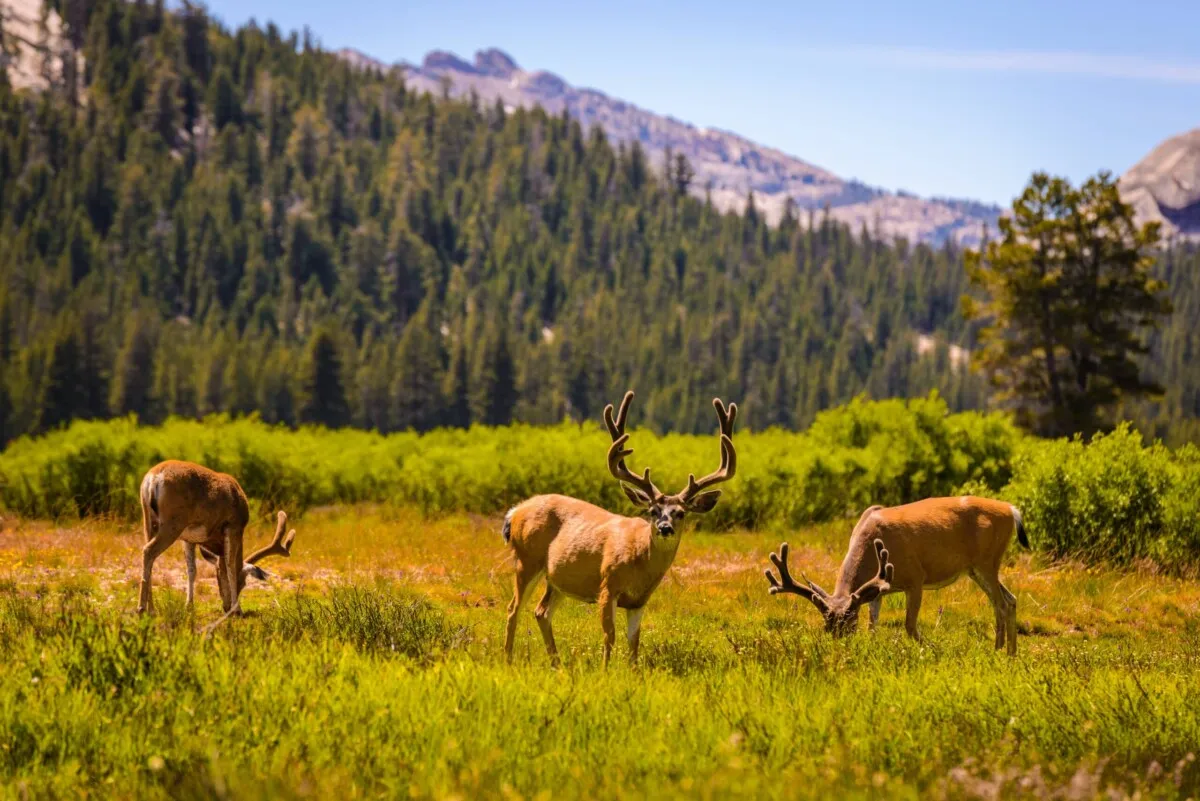
Sierra Nevada Bighorn Sheep
The endangered Sierra Nevada bighorn sheep is one of the rarest Yosemite National Park animals. They inhabit the park’s high alpine terrain, especially around the Cathedral Range and Mount Lyell. With muscular builds, curled horns, and agile climbing skills, these sheep are well adapted to rocky cliffs and steep ridges.
Bighorn sheep populations have recovered in part thanks to reintroduction efforts and habitat protection. Spotting them takes patience and powerful optics, as they are highly elusive. These Yosemite National Park animals are most active at dawn and dusk, grazing on shrubs and grasses. Their presence symbolizes the resilience of wildlife in rugged environments.
>> Read More: 15 Best Yosemite National Park Hiking Trails: Check Map
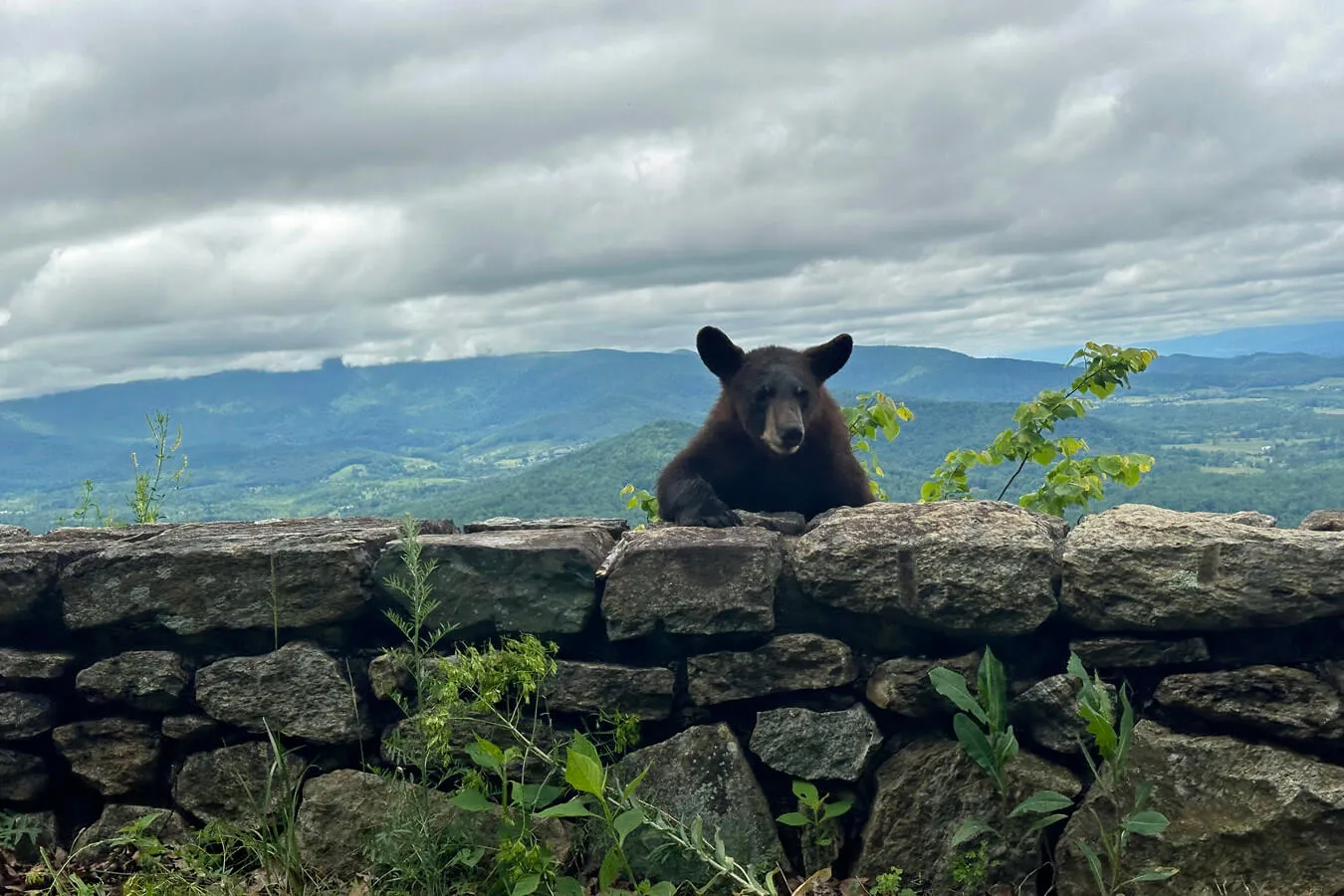
Mule Deer
Mule deer are among the most visible Yosemite National Park animals, frequently encountered along trails and meadows. Named for their large, mule-like ears, these deer are often seen grazing in groups during early morning or twilight. Males grow impressive antlers each year, shedding them in late winter.
While seemingly tame, mule deer are wild and can be unpredictable, especially during the rutting season in autumn. Keep a respectful distance and never attempt to feed them. Watching these graceful Yosemite National Park animals move through sun-dappled forests adds a sense of calm and wonder to any park visit.
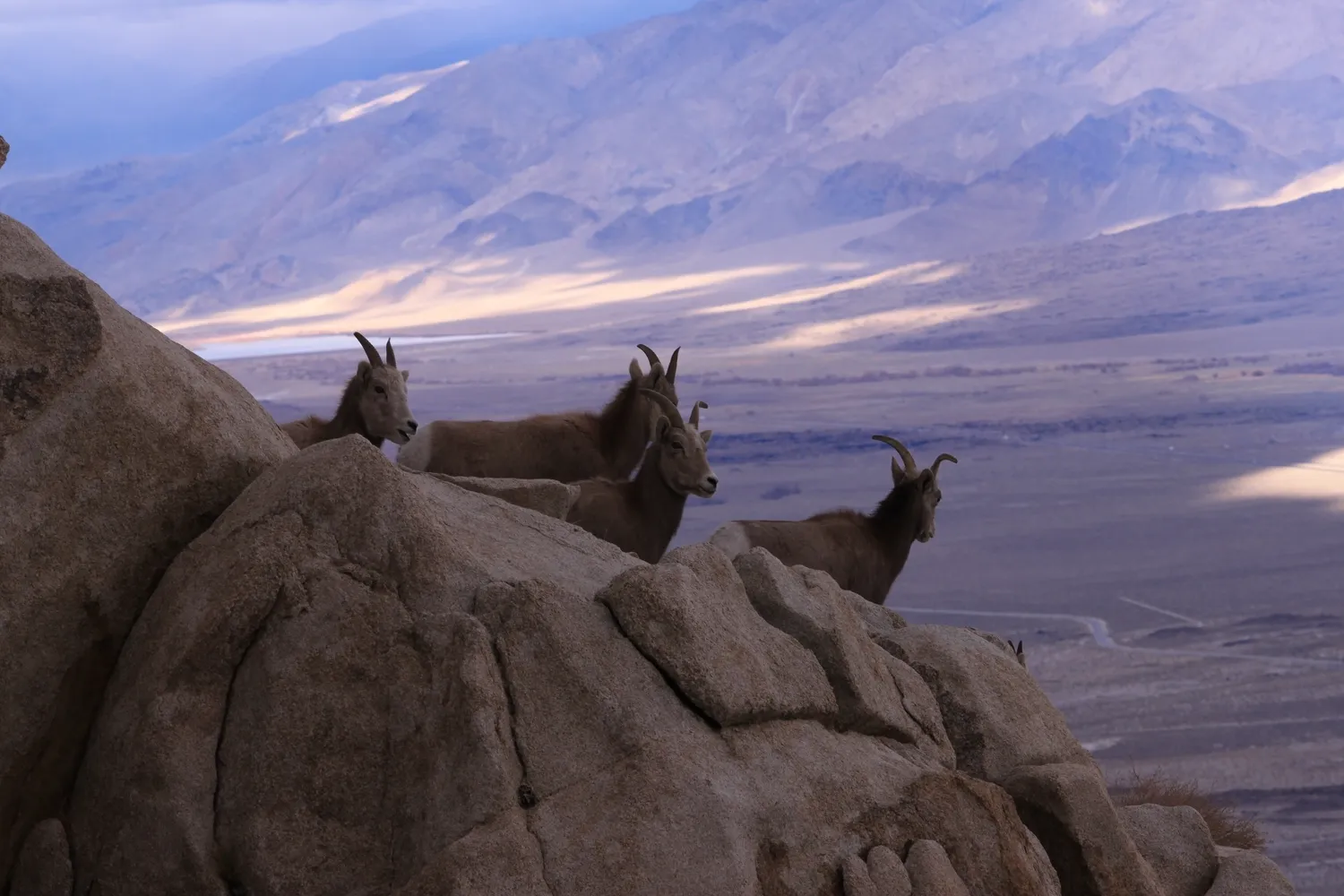
Bobcat
The bobcat is a solitary and secretive predator among the many Yosemite National Park animals. Though rarely seen, they inhabit a wide range of elevations and prey on rabbits, rodents, and birds. Bobcats are about twice the size of a domestic cat, with tufted ears, spotted coats, and short “bobbed” tails.
Spotting a bobcat often requires luck and quiet observation. Look for them near dawn or dusk in brushy areas or along open forest edges. Their elusive nature makes them one of the more thrilling Yosemite National Park animals to encounter. They are a testament to the park’s intact predator-prey ecosystem.
>> Read More: Best Time To Visit Yosemite National Park: When is Good Time?
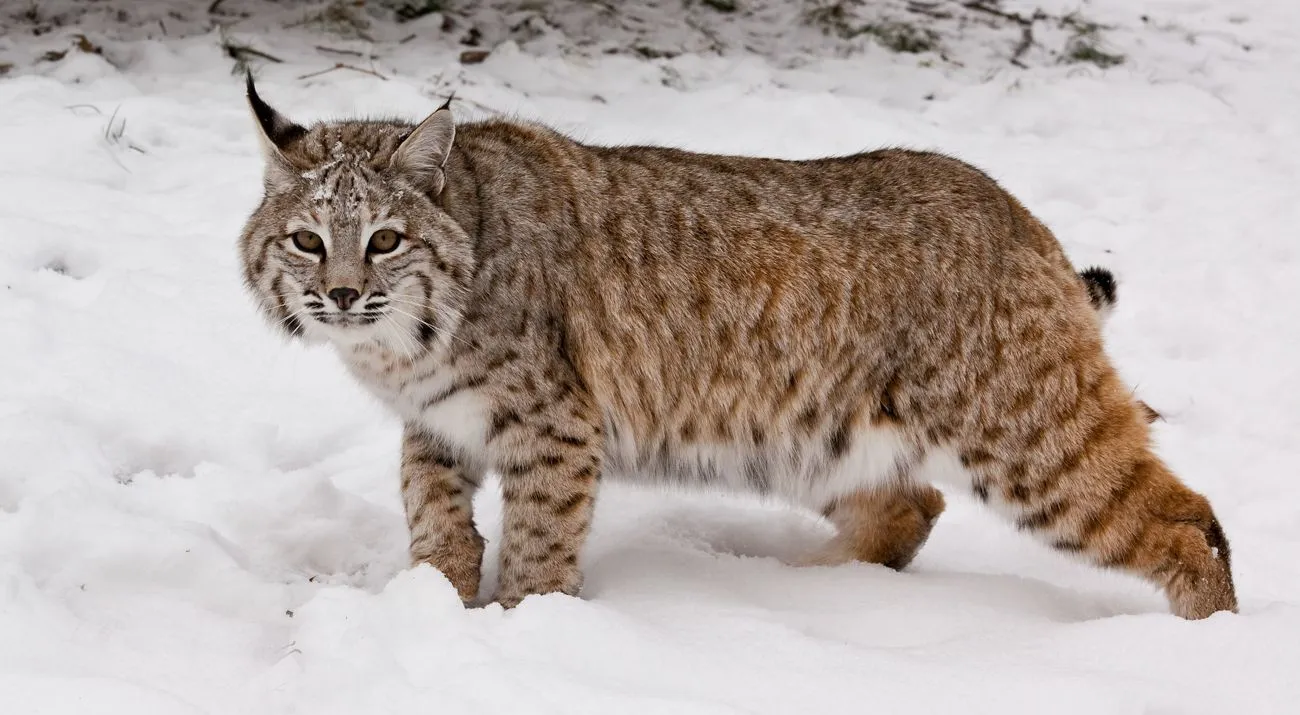
Coyote
Coyotes are among the most adaptable Yosemite National Park animals, thriving in environments from open meadows to snowy ridgelines. These intelligent canids often hunt alone or in pairs and are known for their haunting vocalizations at night. They play an important ecological role by keeping small mammal populations in check.
Though curious, coyotes generally avoid humans. Visitors may see them crossing roads or trails, especially early or late in the day. It’s essential not to feed or approach them, as habituation can lead to conflicts. Observing these resilient Yosemite National Park animals in their natural rhythm is a highlight for many nature lovers.
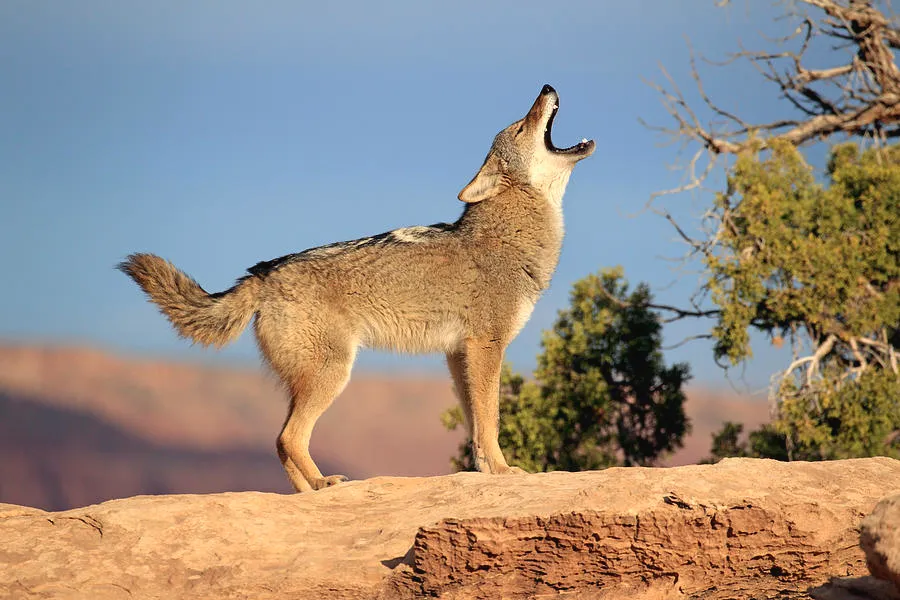
Western Tanager
Among the most colorful Yosemite National Park animals is the Western Tanager, a vibrant songbird found in pine and mixed forests. Males boast bright red heads and yellow bodies during breeding season, making them striking to observe. They arrive in Yosemite during late spring and are often heard before they are seen.
Western Tanagers feed on insects and fruit, making them important for forest health. Birdwatchers can spot them in the lower elevations of the park during May and June. These migratory Yosemite National Park animals add a splash of tropical color and a lyrical soundtrack to the landscape each year.
>> Read More: Top 15 Things To Do in Yosemite: Unique Things You Don't Know

California Ground Squirrel
The California ground squirrel is one of the most commonly observed Yosemite National Park animals, often seen darting across trails or sunning on rocks. These rodents live in burrows and are highly social, communicating through vocalizations and tail signals. Their speckled brown-gray fur blends well with their surroundings.
While charming, squirrels can become pests if visitors feed them, which disrupts natural foraging behaviors. Watching them forage or interact with one another is a popular activity for children and families. As with all Yosemite National Park animals, respect their space and let them live wild.
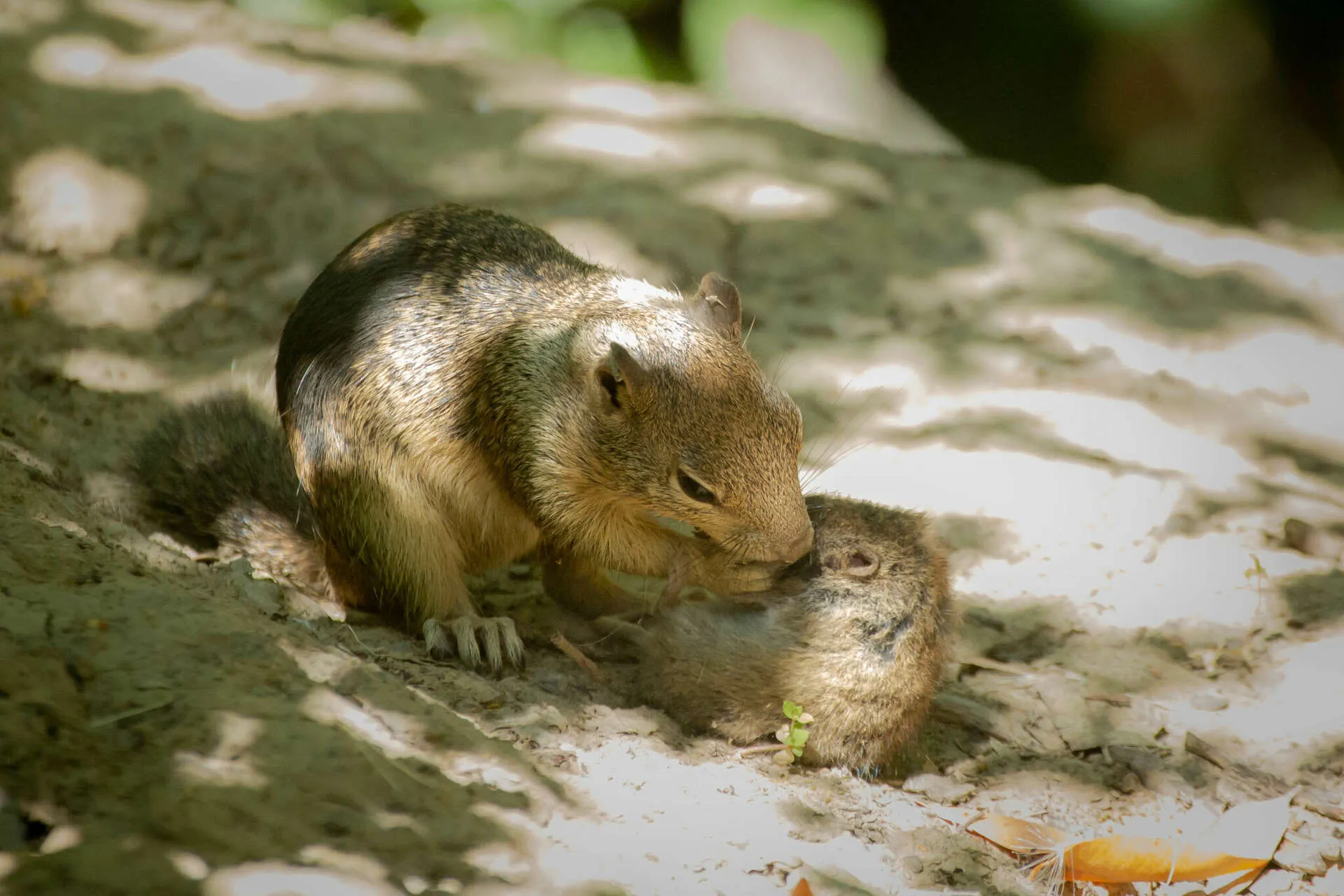
Sierra Nevada Red Fox
The Sierra Nevada red fox is one of the rarest Yosemite National Park animals, recently rediscovered in remote parts of the park. This elusive species is distinct from lowland red foxes, with thicker fur and shorter limbs adapted for snowy conditions. They inhabit high-altitude forests and meadows, particularly in winter.
Sightings are extremely rare and often captured via motion-activated wildlife cameras. This fox is protected under conservation programs and is the subject of ongoing research. Learning about this shy member of the Yosemite National Park animals lineup highlights the importance of wilderness protection and scientific monitoring.
>> Read More: Experience Sunrise Yosemite: 5 Best Places To Watch
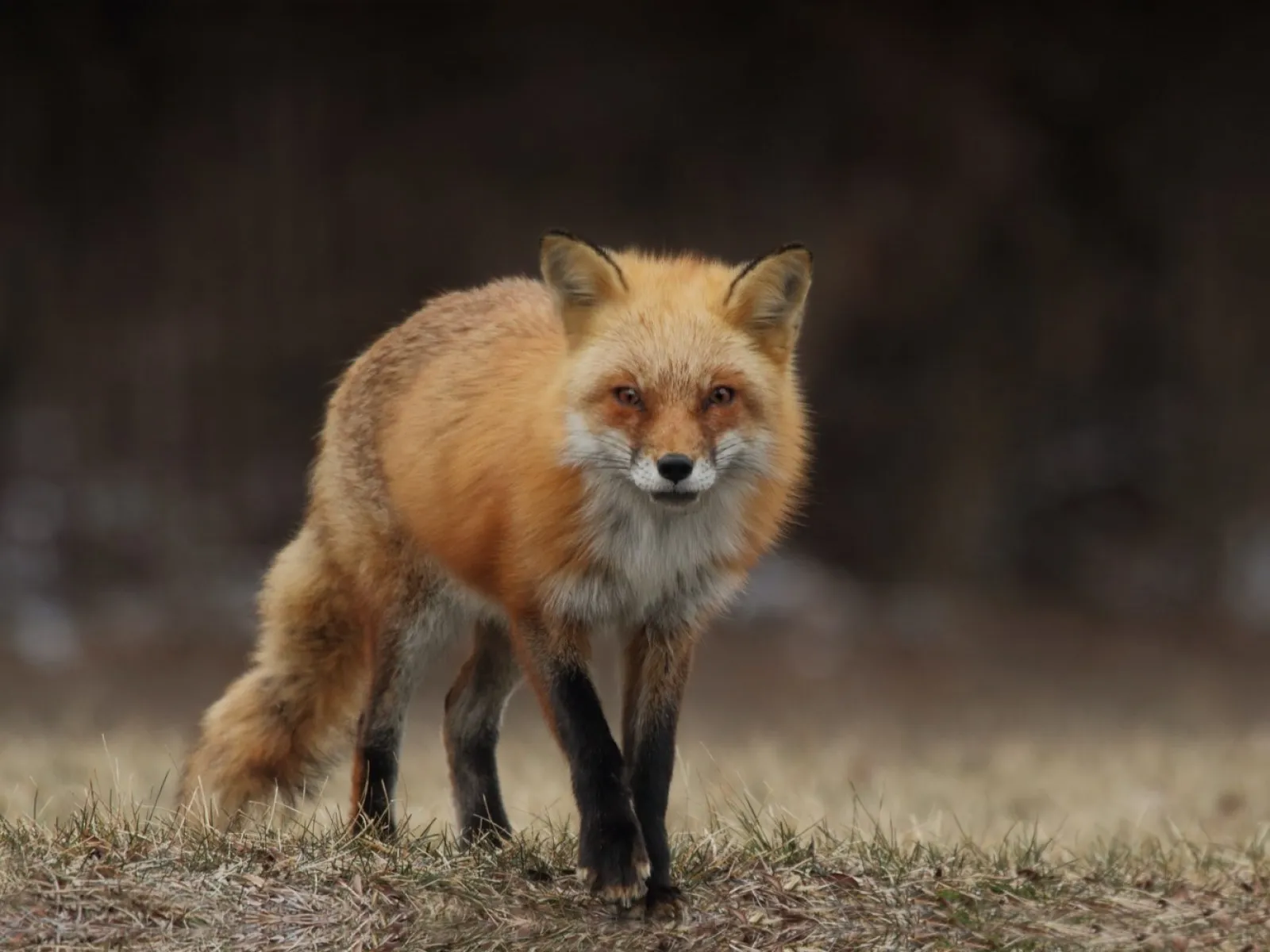
Golden Eagle
The golden eagle is one of the most majestic Yosemite National Park animals, soaring high above canyons and cliffs. With wingspans up to seven feet, they are among the largest raptors in North America. These birds favor open terrain and are most commonly spotted in the park’s eastern regions.
Golden eagles prey on mammals such as rabbits and marmots, using speed and sharp vision to strike with precision. They are a powerful symbol of wild America and represent the aerial apex of the Yosemite National Park animals food web. Binoculars and patience are key for witnessing their grandeur.
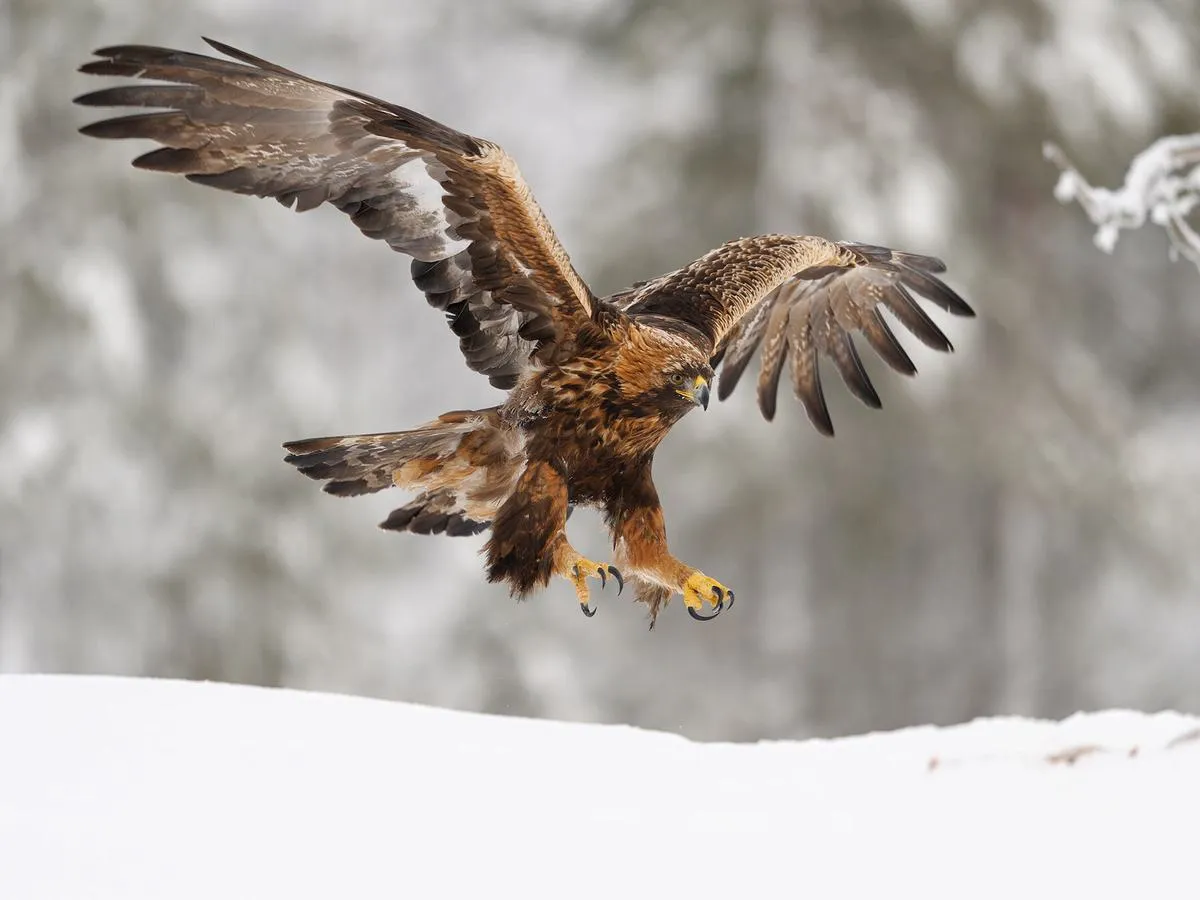
American Pika
Tiny yet resilient, the American pika is one of the most beloved Yosemite National Park animals. Resembling a cross between a rabbit and a mouse, pikas are commonly found among talus slopes in high-elevation zones. They are active during the day and collect vegetation into “haypiles” to survive the harsh winters.
Due to climate change, pika populations are increasingly vulnerable, as they rely on cold microhabitats. Spotting one requires careful observation and quiet patience near rocky outcrops. Their high-pitched calls often give them away. These hardy Yosemite National Park animals serve as indicators of alpine ecosystem health.
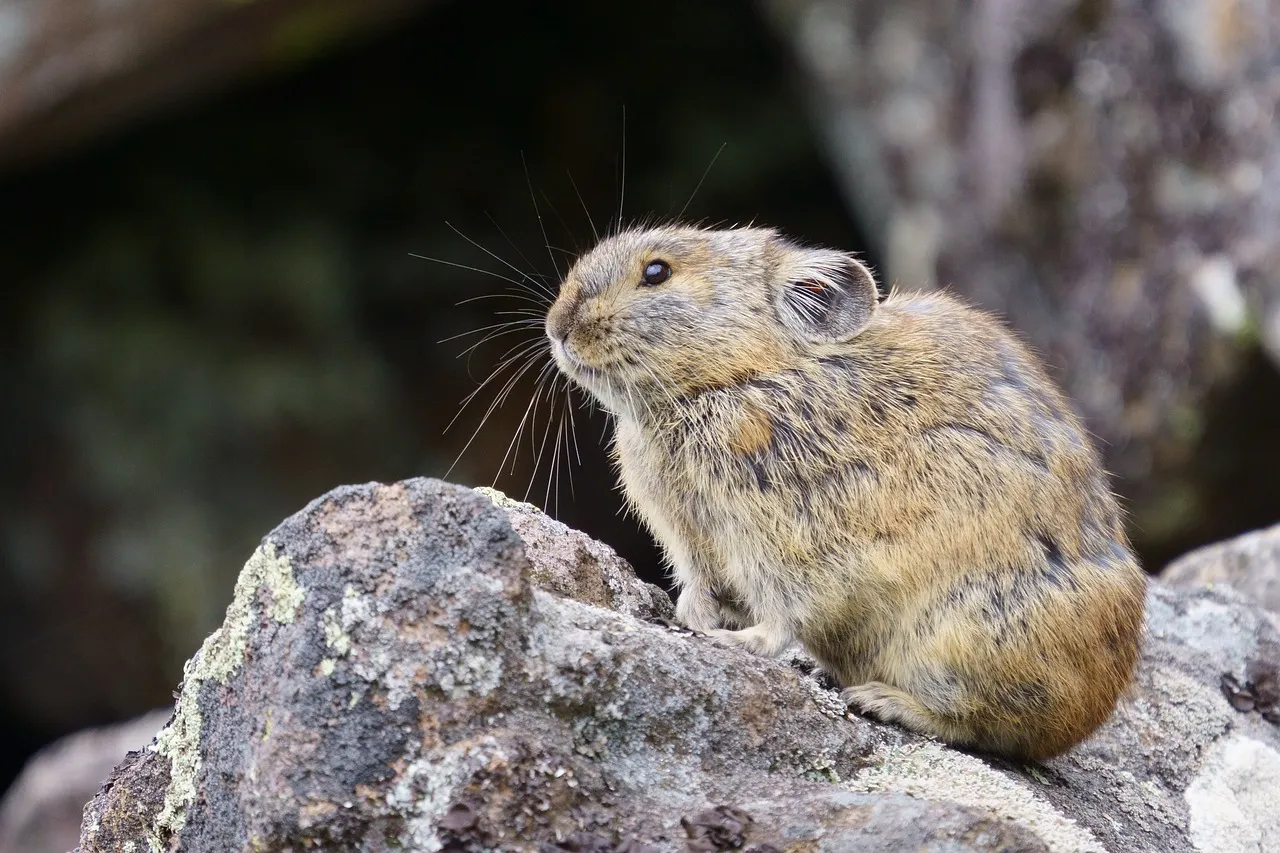
Conclusion
Experiencing the rich variety of Yosemite National Park animals deepens your appreciation of the park’s ecological complexity. From towering predators to tiny foragers, each species plays a vital role in the natural balance. Whether you’re spotting birds through binoculars or glimpsing mammals along trails, every encounter adds to your Yosemite story.
To get the most out of your wildlife viewing, visit during key seasons, follow Leave No Trace principles, and bring appropriate gear like binoculars and telephoto lenses. By observing Yosemite National Park animals responsibly, you help protect these incredible creatures and the wild spaces they call home.
RELATED POST

